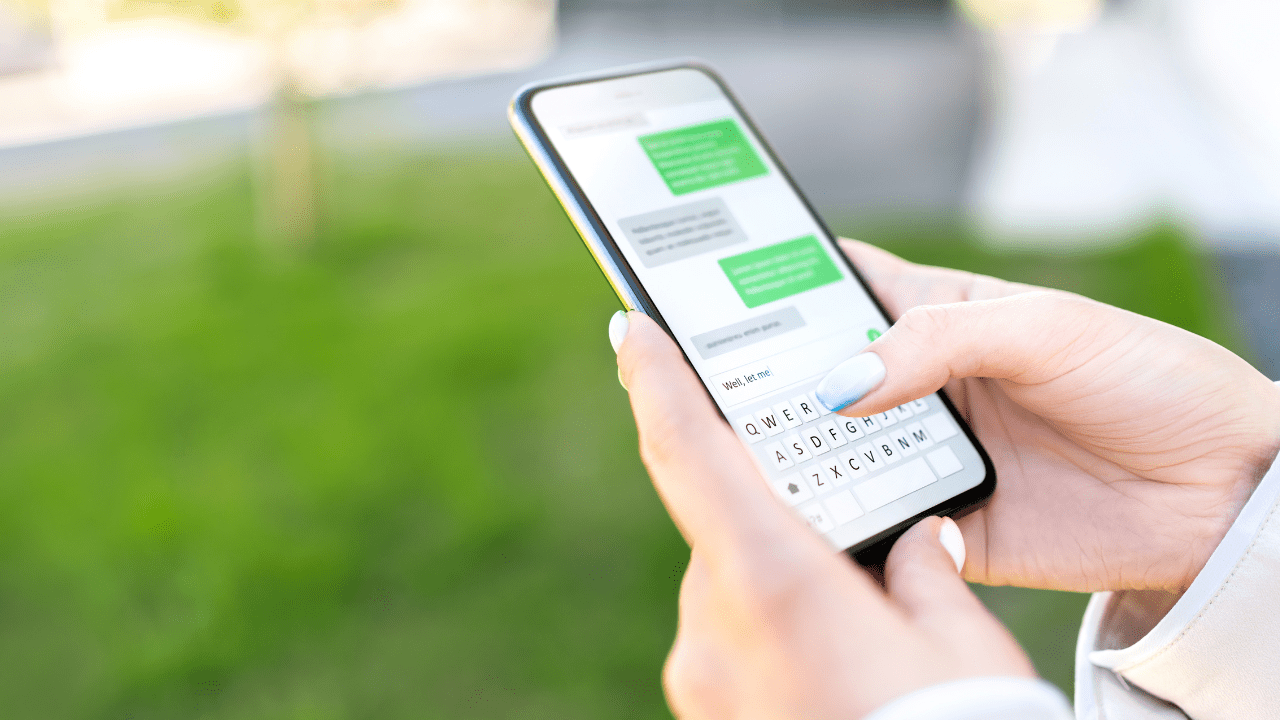When SMS messages were first introduced for mobile phones, they completely changed the game – no longer would you need to rely on phone calls that could have been texts, or pager messages with a completely separate device. But just how do SMS messages, or text messages, actually work?
Let’s dive into the function of SMS messages.
SMS stands for Short Message Service, a protocol for small-sized messages, and has been the standard form of text-based communication on phones since they began to adopt such features. The original idea was to allow for small, text-based messages to be sent across a mobile network, as an alternative to making phone calls.
The technology was first used in 1992, and the first text was sent on December 3 of that year. On the UK’s Vodafone network, engineer Neil Papworth sent the first text: ‘Merry Christmas’. A year later, Nokia introduced the first phone with texting capability.
Today the message type has largely been usurped by a range of competitors, mostly web-based services. iMessage (for Apple devices), Google Messages (for Android devices), WhatsApp, Facebook Messenger and many more offer text-based communications over the web – some of which are encrypted, an advantage that SMS simply does not have.
When you send an SMS, or text message, the message is coded based on its contents – different letters, symbols and emojis render into different bits of binary code. As Android Authority explains, there are a few other elements that impact this code, such as length, the timestamp and the receiving phone number.
The code being employed is the protocol description unit, which breaks letters down into strings of numerical digits.
Your text, which technically speaking is just code at this point, is sent from your phone to the nearest signal tower. From the signal tower, the text is sent to your network provider’s Short Message Service Centre (SMSC).
The SMSC, as explained by Tech Target, is essential to the entire process – it’s kind of like a gateway texts need to pass through to reach the recipient. If the recipient of your text is not on the same network as you, the message is forwarded to the appropriate SMSC. Additionally, if the recipient is unreachable, the SMSC will store the message and send it later.
On the receiving end, the text will pass from the SMSC to the nearest signal tower to the recipient. It’ll then reach the recipient’s phone in a readable format – translated by your phone’s messaging app from the protocol description unit code created earlier.
With this in mind, it’s important to note that text messages can only be sent in blocks of 160 characters – any more than this limit, and the text will be sent in chunks, with the possibility of being received out of the correct order, as written by Slick Text.
And that’s about it. Happy texting.
Zachariah Kelly is a writer at Gizmodo Australia.
© 2007 – 2023 Pedestrian Group
Now you can get the top stories from Gizmodo delivered to your inbox. Enter your email below.
By subscribing you agree to our Terms of Use and Privacy Policy.
How Does an SMS Actually Work? – Gizmodo Australia

